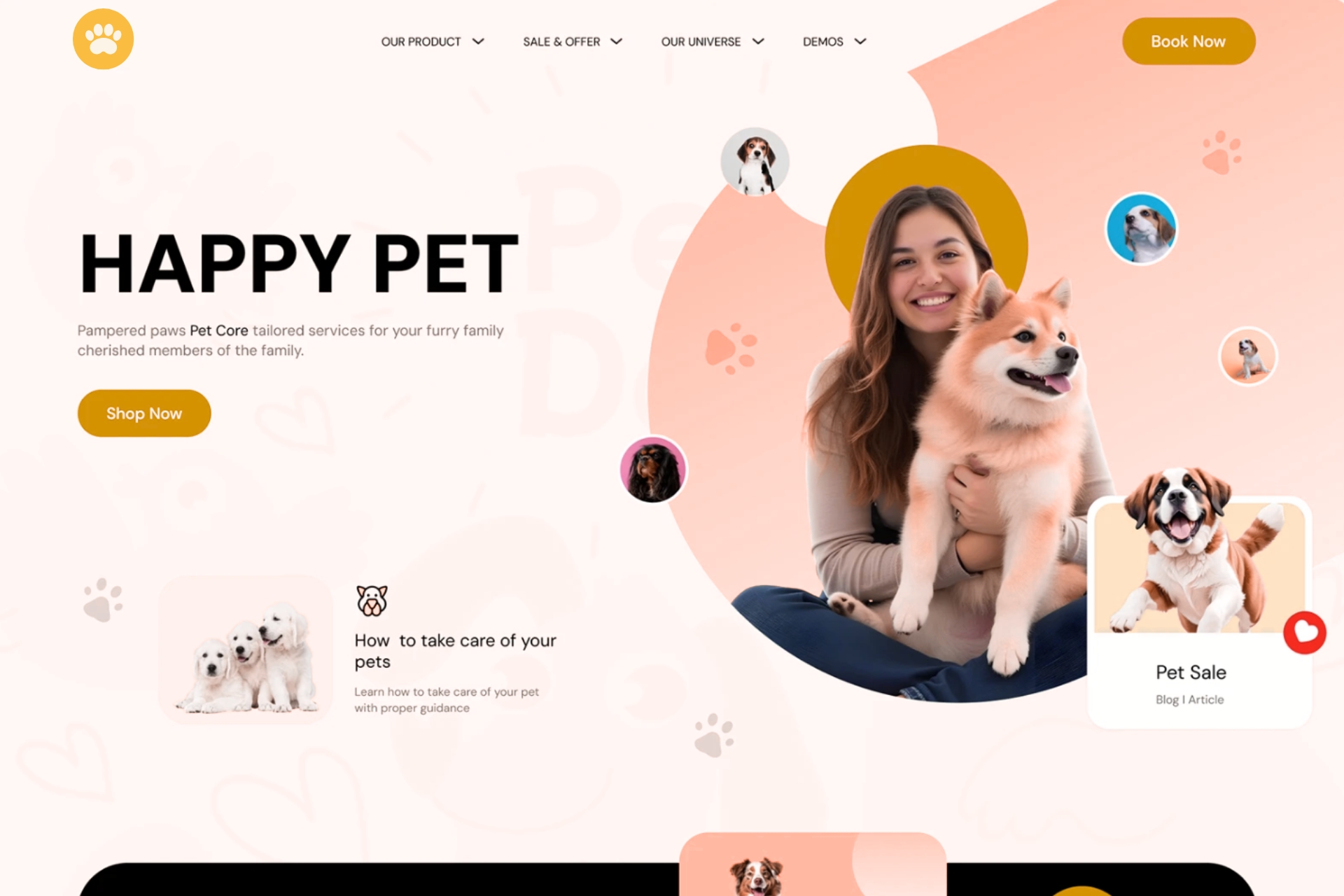The Evolution of Web Design: Trends Shaping 2025 and Beyond
Web design in 2025 has moved far beyond simply looking good. Today, it's about creating digital experiences that feel intuitive, immersive, and emotionally engaging experiences that make users not just stay, but return.
Modern design is now shaped by behavior, not just aesthetics. Clean interfaces, micro-interactions, and immersive scrolling are no longer optional. The shift toward responsive, mobile-first frameworks has become a default, not a design trend, with accessibility and clarity taking the front seat.

Meanwhile, storytelling is being reimagined. Instead of static pages, brands are embracing narrative design layouts that unfold like a journey, pulling users deeper into their message with each scroll. Animations, visual triggers, and smooth transitions help build rhythm and momentum across every page.
Beyond visuals, there's a growing focus on user flow. Where users click, pause, or bounce isn't random it's design science. Every pixel, color choice, and placement serves a functional purpose: to guide the user subtly but effectively toward an intended action.
Design is not just what it looks like and feels like. Design is how it works.
Steve Jobs
Sustainability is also making its way into the design conversation. Lightweight builds, eco-conscious coding, and energy-efficient hosting are becoming part of brand identity signaling both technical responsibility and environmental awareness.
Web design in 2025 isn't just a mirror of your brand. It's your first impression, your storyteller, and often, your most powerful sales agent. And as user expectations continue to evolve, so must the way we think about what design truly means.
